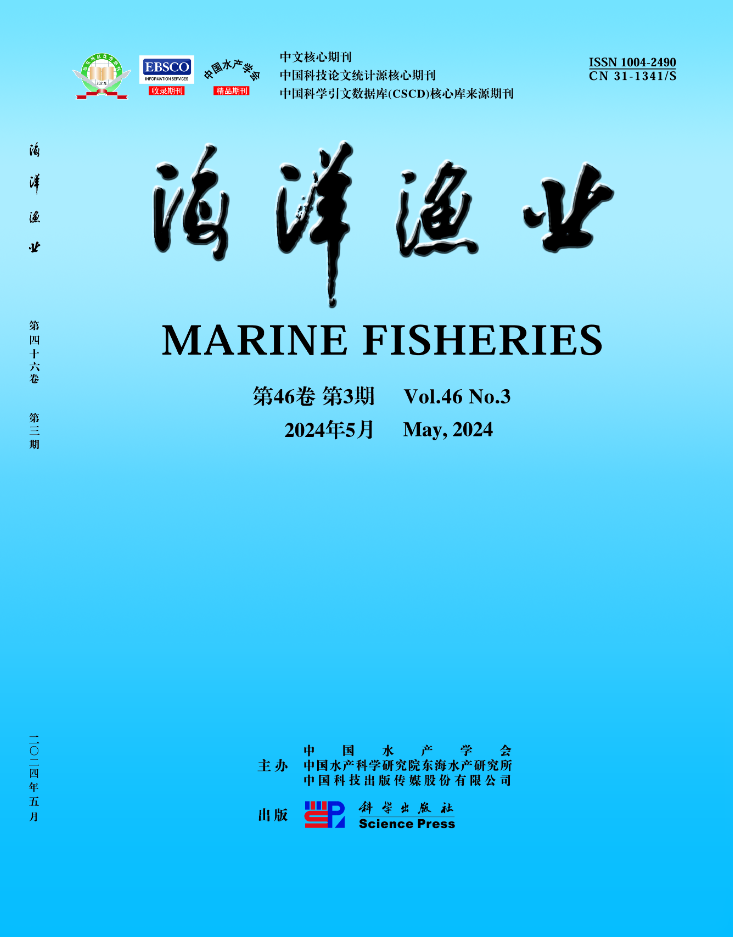STABILITAS, HAMBATAN DAN OLAH GERAK KAPAL IKAN MULTI PURPOSE NET/LINE HAULER 20 GT BERDASARKAN KAJIAN UKURAN DAN BENTUK KASKO KAPAL
引用次数: 6
Abstract
Fishing boats are used in capturing or collecting aquatic resources. As a means of production, the boat should meet various conditions of seaworthiness i.e. good stability, good seakeeping ability and minimum resistance. Those criteria can be identified when the boat size and the hull form are designed. This study investigates the effect of the boat dimension and the hull form on the stability, resistance and seekeeping ability. Various sizes and hull shapes of a 20 GT fishing boat were simulated, and their performances were compared to the IMO standard. The results suggest that the minimum breadth (B) - draft (d) ratio which meets the stability criterion is 2.50, while the ratio of the center of gravity distance from the keel (KG) and the depth (D) of the boat is 0.65. Furthermore, for the boat with a higher B and D ratio, its resistance is relatively smaller. In terms of seakeeping ability, particularly roll and pitch motions, U type bottom performed better than the Akatsuki bottom. Keywords: fishing vessel, sea keeping, ship hull, stability, resistance多功能渔船NET/LINE拖着20 GT的稳定性、阻力和运动,根据船身的大小和形状
渔船用于捕获或收集水生资源。作为一种生产手段,船舶应满足各种适航条件,即良好的稳定性、良好的耐波能力和最小的阻力。这些标准可以在设计船的尺寸和船体形状时确定。本研究考察了船身尺寸和船身形状对船身稳定性、阻力和保流能力的影响。模拟了一艘20gt渔船的各种尺寸和船体形状,并将其性能与IMO标准进行了比较。结果表明,满足稳定性标准的最小宽度(B)与吃水(d)之比为2.50,船身重心距龙骨(KG)与深度(d)之比为0.65。此外,对于B和D比较高的船,其阻力相对较小。在耐浪能力方面,特别是横摇和俯仰运动方面,U型船底比赤月船底表现得更好。关键词:渔船,守海,船体,稳定性,阻力
本文章由计算机程序翻译,如有差异,请以英文原文为准。
求助全文
约1分钟内获得全文
求助全文
来源期刊
自引率
0.00%
发文量
4336
期刊介绍:
“Marine Fisheries”started publication in 1979, it mainly covers original research papers and reviews on basic theories and applications of aquaculture and fisheries, including marine biology, mariculture and reproduction, aquatic diseases and prevention, nutrition and feed of aquatic organisms, fishery ecology and environmental protection, development and conservation of marine fishery resources, fishing tools and methods, preservation and comprehensive utilization of aquatic products, fishery machinery and instruments.

 求助内容:
求助内容: 应助结果提醒方式:
应助结果提醒方式:


